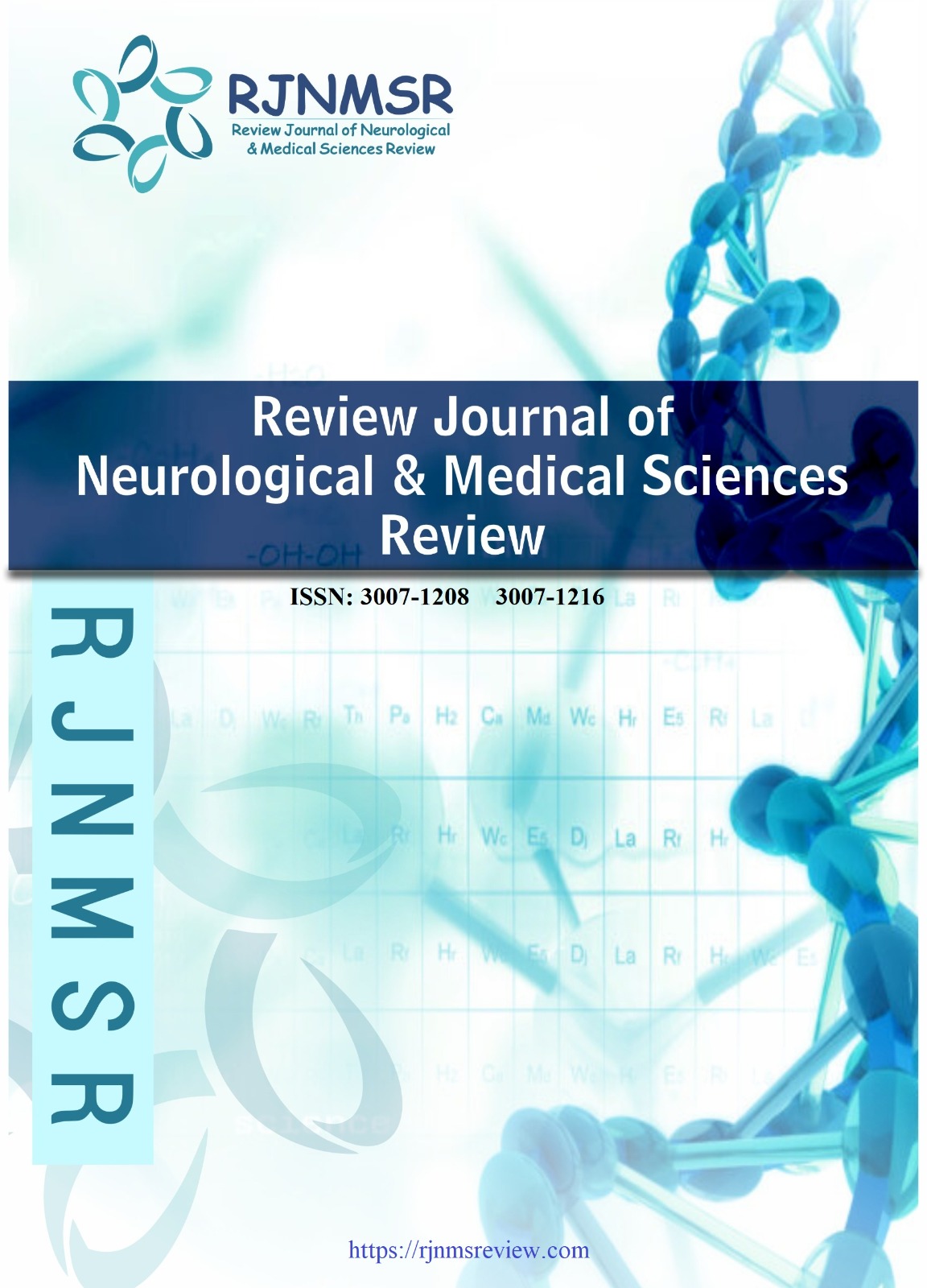COMPRE12HENSIVE EVALUATION OF SPINAL PAIN IN THE CERVICAL, THORACIC, AND LUMBAR REGIONS USING MRI
DOI:
https://doi.org/10.63075/cgcnnv75Keywords:
Magnetic Resonance Imaging (MRI), Disc Herniation, Spinal Stenosis, Spondylolisthesis, Diagnostic EffectivenessAbstract
Spinal conditions such as disc herniation, spinal stenosis, and spondylolisthesis are major causes of disability, often resulting in chronic pain and impaired mobility. Timely diagnosis is crucial for effective treatment, and Magnetic Resonance Imaging (MRI) has become the gold standard for diagnosing these conditions due to its ability to provide detailed imaging of the spine. Despite its widespread use, the effectiveness of MRI in diagnosing specific spinal conditions remains a topic of ongoing research. This study aims to evaluate the diagnostic effectiveness of MRI in detecting disc herniation, spinal stenosis, and spondylolisthesis, with a focus on the sensitivity and specificity of MRI for each condition. A total of 100 participants were included in the study, with demographic characteristics, clinical symptoms, and MRI findings analyzed. The study found that MRI demonstrated high sensitivity for detecting disc herniation (89.4%) and spinal stenosis (84.4%), indicating its reliability for these conditions. However, its specificity for spinal stenosis was somewhat lower at 65.1%, suggesting potential false positives. For spondylolisthesis, MRI showed moderate sensitivity (78.9%) and specificity (72.9%), with no significant association found between MRI findings and the presence of the condition. The clinical symptoms most commonly reported included back pain (75%), numbness (50%), and neck pain (20%), all of which align with existing research on spinal conditions. Gender differences in the prevalence of these conditions were not found, suggesting no significant gender-related impact on the diagnosis in this sample. This study highlights the effectiveness of MRI in diagnosing disc herniation and spinal stenosis, but also emphasizes the challenges in diagnosing spondylolisthesis, particularly in mild cases. Future research should explore advanced imaging techniques and multimodal diagnostic approaches to improve the accuracy of MRI in diagnosing these spinal conditions.Downloads
Published
2025-07-04
Issue
Section
Articles
How to Cite
COMPRE12HENSIVE EVALUATION OF SPINAL PAIN IN THE CERVICAL, THORACIC, AND LUMBAR REGIONS USING MRI. (2025). Review Journal of Neurological & Medical Sciences Review, 3(3), 1-6. https://doi.org/10.63075/cgcnnv75

